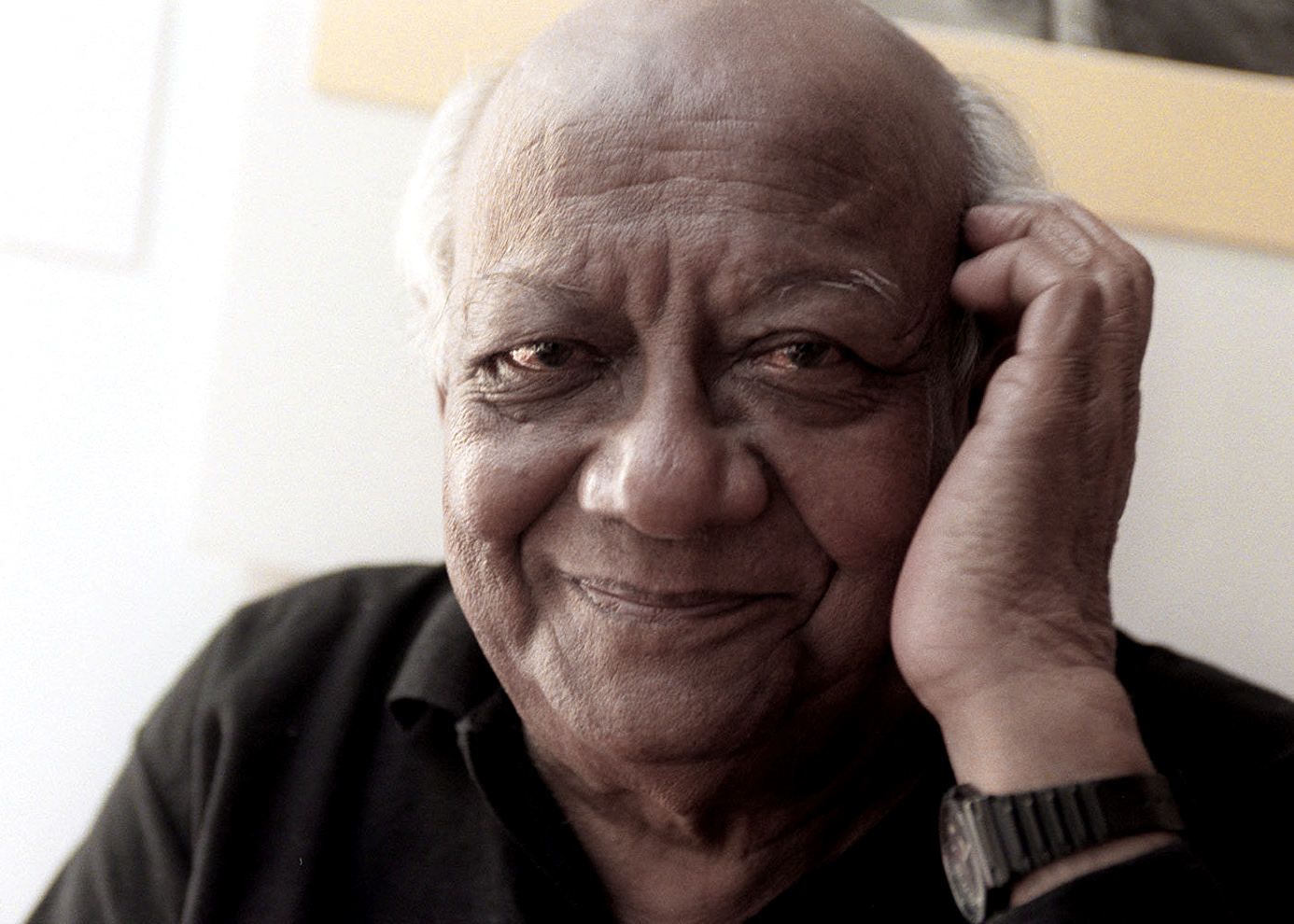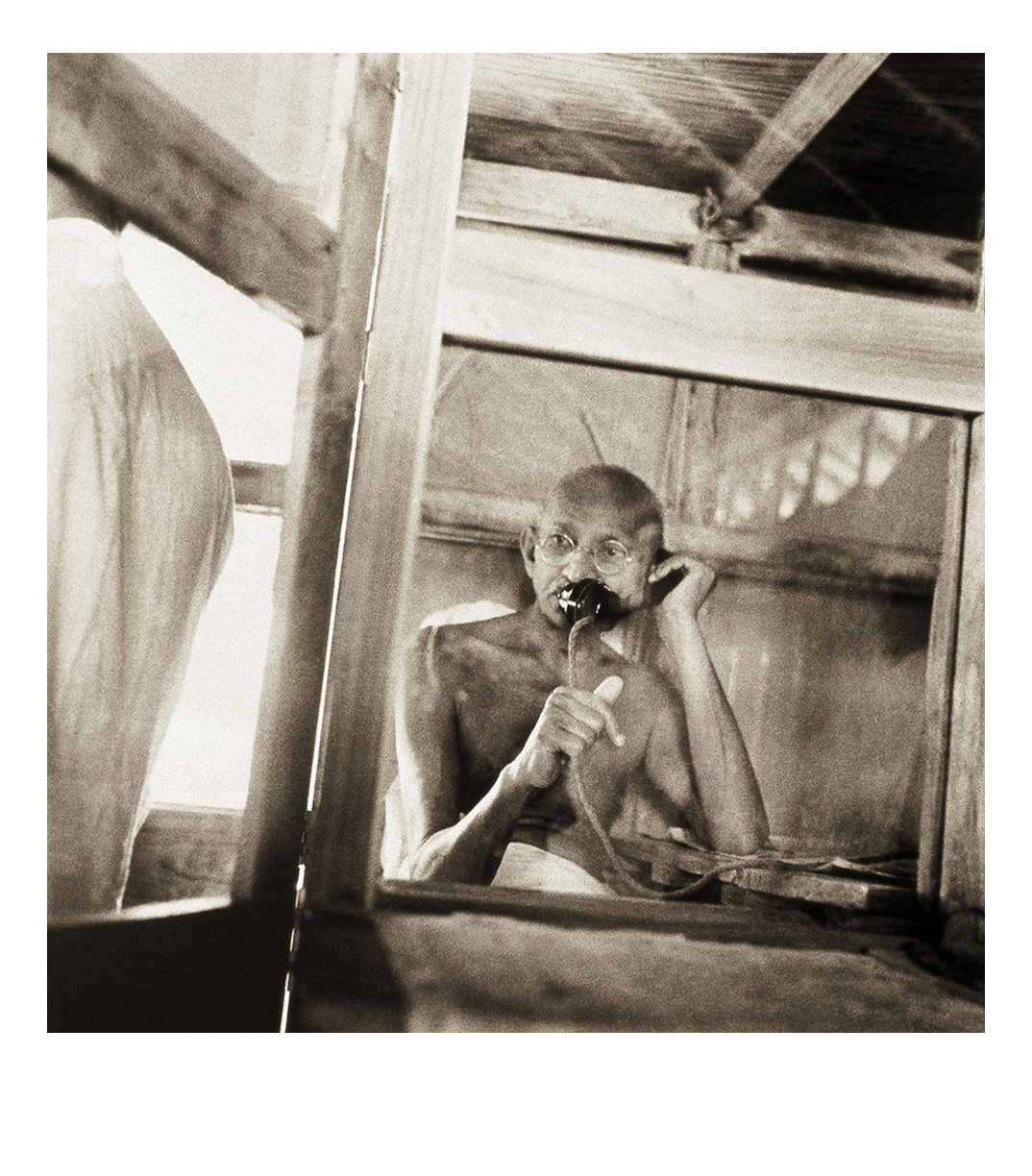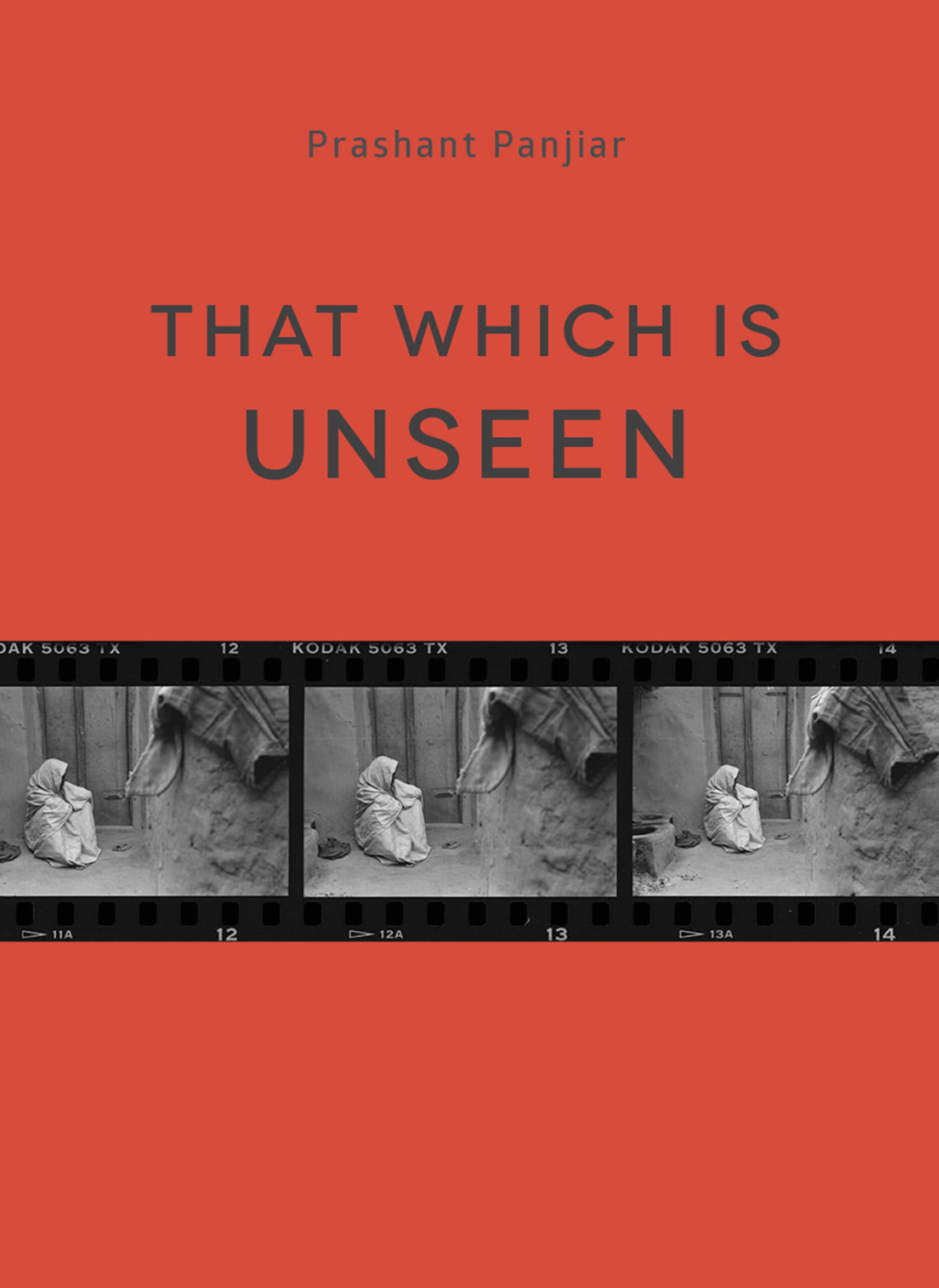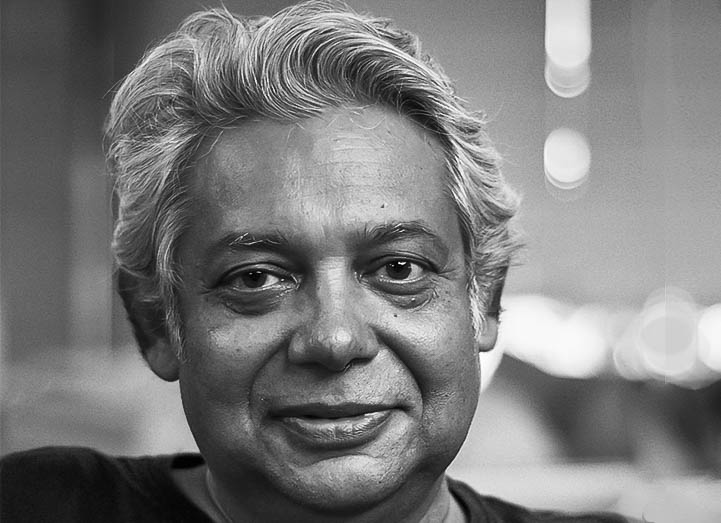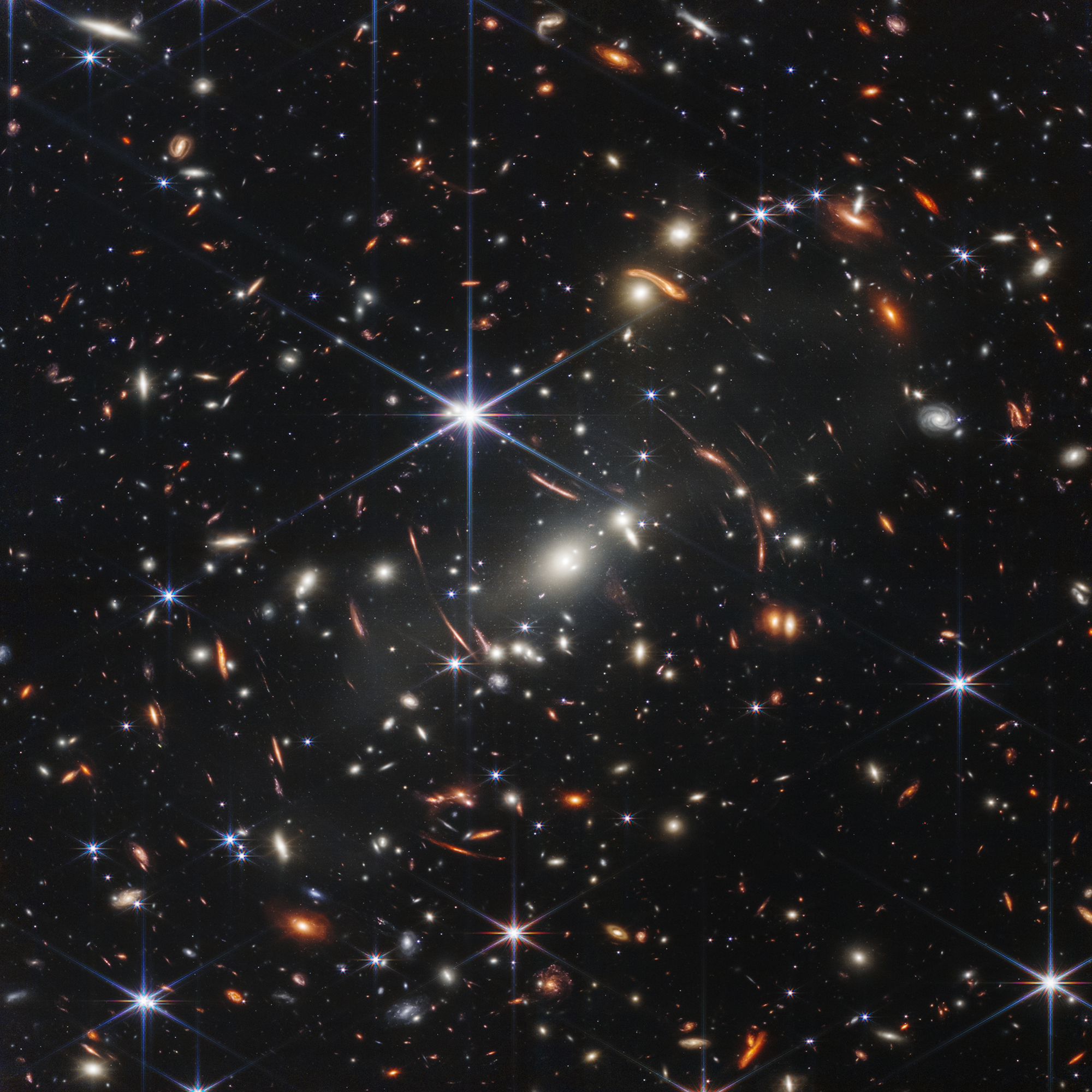
Deep Field / James Webb Space Telescope
Plumbing the depths of space and time
The first set of photographs from the James Webb Space Telescope opens up new horizons in space, and delves into the history of our universe like no instrument has been able to do till date.
As I gazed at the Milky Way on a crisp night in Ladakh for the first time, a dual sensation of wonder and bewilderment pervaded me. Wonder at the new vistas opening up that I had only read about (the typewritten description of its beauty had given me the knowledge of its existence but seeing it gave a new dimension that had been missing till then). And bewilderment at how little I saw when I had looked up at the same night sky from my metropolitan balcony in Kolkata. The images taken by the James Webb Space Telescope invoke a similar duality of feeling.
“Reminiscent of Vermeer, but carrying news of the origins of the universe, the photos are just the beginning,” extolls an article in the New Yorker, referring to the images captured by the telescope on July 12, later adding, “The sharpness and clarity might make you think of Vermeer—what is being painted is light.” And indeed, the five images that have been released by NASA take the painting-like pastel imagery of the space photographs of yore into today’s era of vibrant 5D and sharp realism.
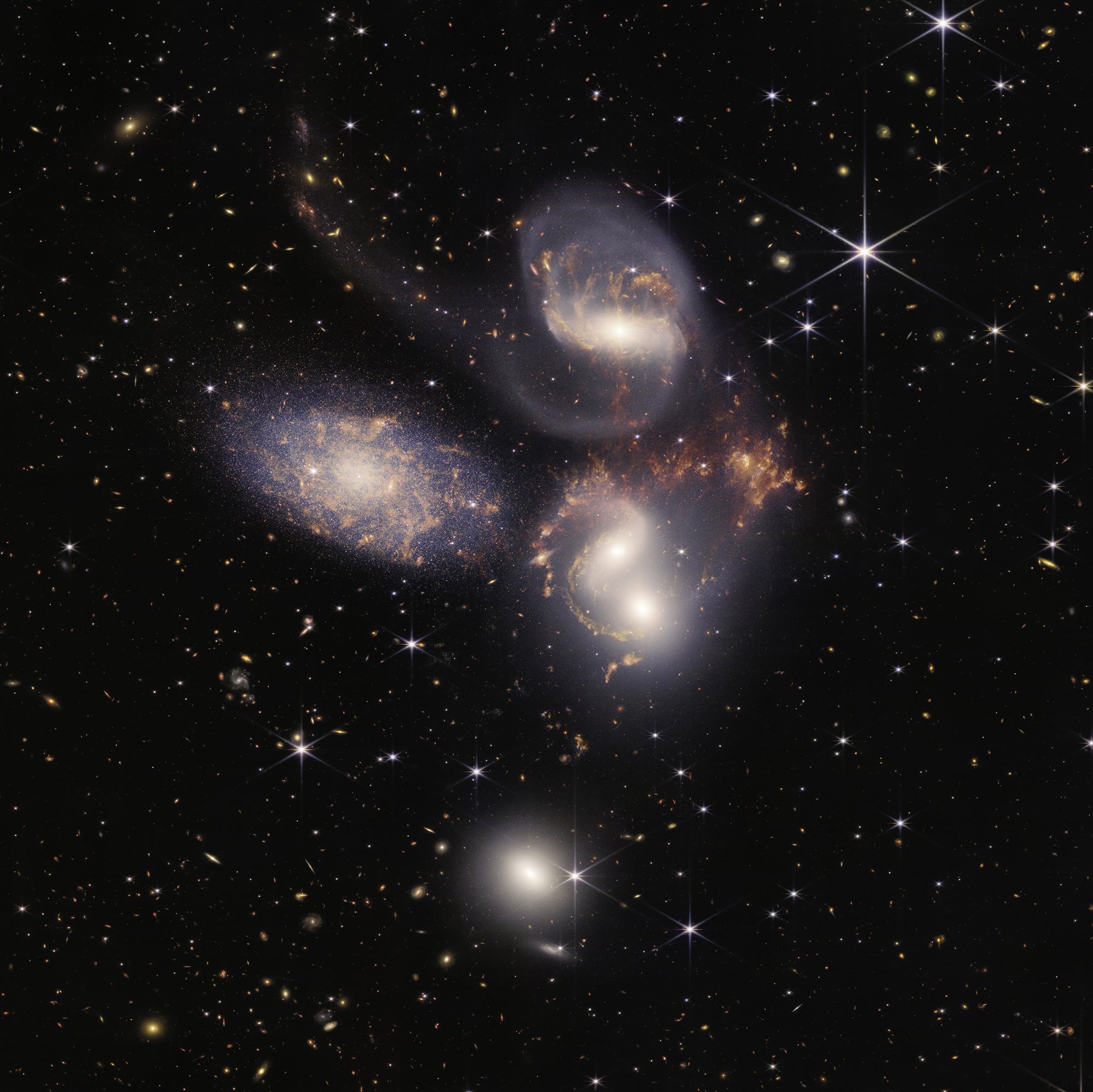
Galaxies Forming / James Webb Space Telescope
The deepest and sharpest infrared image of the distant universe till date has been captured by the telescope. Referred to as Webb’s First Deep Field, the image captures a galaxy cluster in stunning detail. Thousands of galaxies bend together through centrifugal force. Just like a child beholding the mysteries of the Milky Way for the first time, the longer one looks at the photograph, the more the tiniest of details reveal themselves. “This slice of the vast universe covers a patch of sky approximately the size of a grain of sand held at arm’s length by someone on the ground,” mentions a NASA article, once again bringing into perspective the infinite scale of the depths of space that we are yet to plumb.
Each of the five images captured by the telescope casts the universe in a new light. The image of dying star radiating energy shows it being shrouded in stardust as it has been sending out rings of gas for millennia, perhaps even more brilliant in the light years that comprise its dying moments than it had ever been in its blue-tinted youth. A crystal-clear glimpse at the Carnia Nebula shows star-births that were invisible on earlier telescopes. A new glimpse at the Stephan’s Quintet, made immortal by the classic Christmas film It’s a Wonderful Life, provides insights into how galaxies formed and evolved in the early universe. One of the NASA scientists who presented these stunning images aptly referred to them as easter eggs.

Star Forming, Region: Carina Nircam / James Webb Space Telescope
The James Webb Space Telescope has been designed to see the infrared part of the spectrum, making it capable of glimpsing “galaxies far far away”. This provides access to a part of the spectrum that no telescope has had till date, not even the iconic Hubble Telescope, which can see ultraviolet and visible light. Located over a million miles further away from the sun than the earth, the images captured by the James Webb Space Telescope will also be free from interference by the earth’s atmosphere and weather. With its larger mirror, this telescope has the capacity to see light-years into the past—13.7 billion years to be exact — to nearly the beginning of the universe itself.
When H.G. Wells had written The Time Machine, this was perhaps not the kind of time travel that he had imagined; the kind that allows one to look eons into the past at the beginning of creation itself through the power of a single photograph. Photographs have always had the power to capture memories and keep them intact for posterity. In that sense, they defy the laws of time, freezing moments with the help of light and ingenuity. Now, the James Webb Space Telescope takes this to the next level as it captures images from a past so distant that none would have been there to photograph it. And yet, the images are captured very much in the present. While looking at the stars and astrophotography has always been a way to look into and capture the past, never before has it had this tremendous a scope.
As Rivka Galchen aptly says in the New Yorker article, “There’s something vertiginous and confusing about taking one’s life seriously, until a new sense of scale alters that perspective.”
By Dyuti Basu Published on August 1, 2022
Share
Related News
A new venue for art lovers: MAP, Bangalore is open for public
The newly opened Museum of Art & Photography (MAP) in Bengaluru welcomed its first visitors in Feb, offering a glimpse of around 60,000 works that would refresh the subcontinent's rich art history.
Plumbing the depths of space and time, James Webb Space Telescope
The James Webb Space Telescope has been designed to see the infrared part of the spectrum, making it capable of glimpsing “galaxies far far away”. This provides access to a part of the spectrum that no telescope has had till date, not even the iconic Hubble Telescope, which can see ultraviolet and visible light.
Snapshots from a forgotten land
Photojournalist Kanika Gupta takes a more personal approach on her page. The Indian journalist, who had to be evacuated from Afghanistan when the Taliban first took over, has since returned, and has resumed her efforts of documenting the country. On her Instagram handle, lifeoutside2by2, she fearlessly interviews and photographs Taliban soldiers, bringing out both the cruelty and humanity in their stories. A snapshot of a man who has been taught to believe that “making landmines is holier than fighting" is juxtaposed with one of two friends - one of whom used to be in the National Army and the other, a hardened Taliban, who joined when an American drone strike killed seven of his family members on a single day. Today, the two friends, who have both joined the regime, reminisce about having fought on different sides.
MAP’s Director’s Cut: Reimagining and Reinventing Museums
This episode (Wednesday, 9th March, 6:30 pm) of MAP’s series Director’s Cut features Nadine Wietlisbach, Director of Fotomuseum Winterthur in Switzerland.
The making of a nation, through Sunil Janah’s eyes
After Sunil Janah moved to the US in his later days, these prints were mostly forgotten. Rahman says it is by another coincidence that they landed in India as a collector managed to buy some of them. “The timing of the exhibition coincides with the 75th anniversary of Independence. At a time when the BJP is trying to demolish Nehru’s legacy and spreading the narrative of ‘Make In India’, Janah’s works assume significance as the ‘Make In India’ started in the 1950s. That is why it is so important that people see these pictures. We should not forget this history and the BJP is trying to make us forget it.” Apart from their historical significance, these are stunning images, says Rahman. “That was a time of great hope. Now, we have a different view about industries. We perceive industries as polluting, but at that time we needed all these factories because we needed indigenous manufacturing. Also, they provided jobs to lakhs of people, particularly in backward areas. There was a great positive energy which actually can be felt in Janah’s photographs.”
Celebrating Resistance, 152 years of Mahatma Gandhi
On Gandhi's 152nd anniversary, PhotoMail remembers him through these everlasting imageries. There are hundreds of photographs of Gandhi, often the author is unknown. Here is a collection of photographs by known Indian and International photographers.
THAT WHICH IS UNSEEN Acclaimed photo-journalist Prashant Panjiar’s Photo-book and Exhibition
Acclaimed photojournalist Prashant Panjiar's latest photobook 'That Which Is Unseen' was launched on September 18. Published by Ahmedabad-based Navajivan Trust, this book is a collection of photographs and backstories from Panjiar's almost four decades of photography career. Navajivan Trust, founded by Mahatma Gandhi, is a publishing house with a good reputation and has published more than 800 titles in English, Hindi, Gujarati and other languages.
Analog on the go: Ilford Photo Pop-up Darkroom
Ilford has announced portable pop-up photo darkroom tents as the go-getter strategy for attracting photographers to opt Analog photography. The portable pop-up tents and a starter kit with chemicals & materials are expected to be available this November.
Looking or shooting? A pe(e)p toy by Ray-ban and Facebook to click as you see
Ray-ban Stories sunglasses are built in partnership with Facebook and Ray-Ban’s parent company EssilorLuxottica and are the first product to be produced as a result of a multi-year partnership between the two companies. Ray-Ban Stories will be available in 20 different combinations in classic Ray-Ban styles — Wayfarer, Wayfarer Large, Round, and Meteor — and five colors with a range of lenses including clear, sun, transition, and prescription. Ray-Ban Stories features dual integrated 5-megapixel cameras that are designed to let the wearer capture everyday moments as they happen from a first-person perspective. The dual 5MP camera gives new depth and dimension to the content. It takes high-resolution photos (2592×1944 pixels) and quality video (1184×1184 pixels at 30 frames per second). Camera automatically adjusts to the light around for high-quality captures. One can also attend to calls, listen to music via blue tooth while on the go.
Prashant Panjiar’s photobook ‘That Which Is Unseen’ to be published soon
Indian photo-journalist Prashant Panjiar’s photo book That Which is Unseen published by Navjivan Trust will be released on 18 September 2021. The book is a compilation of backstories of Panjiar’s three decades as a photojournalist, told through images and words.





